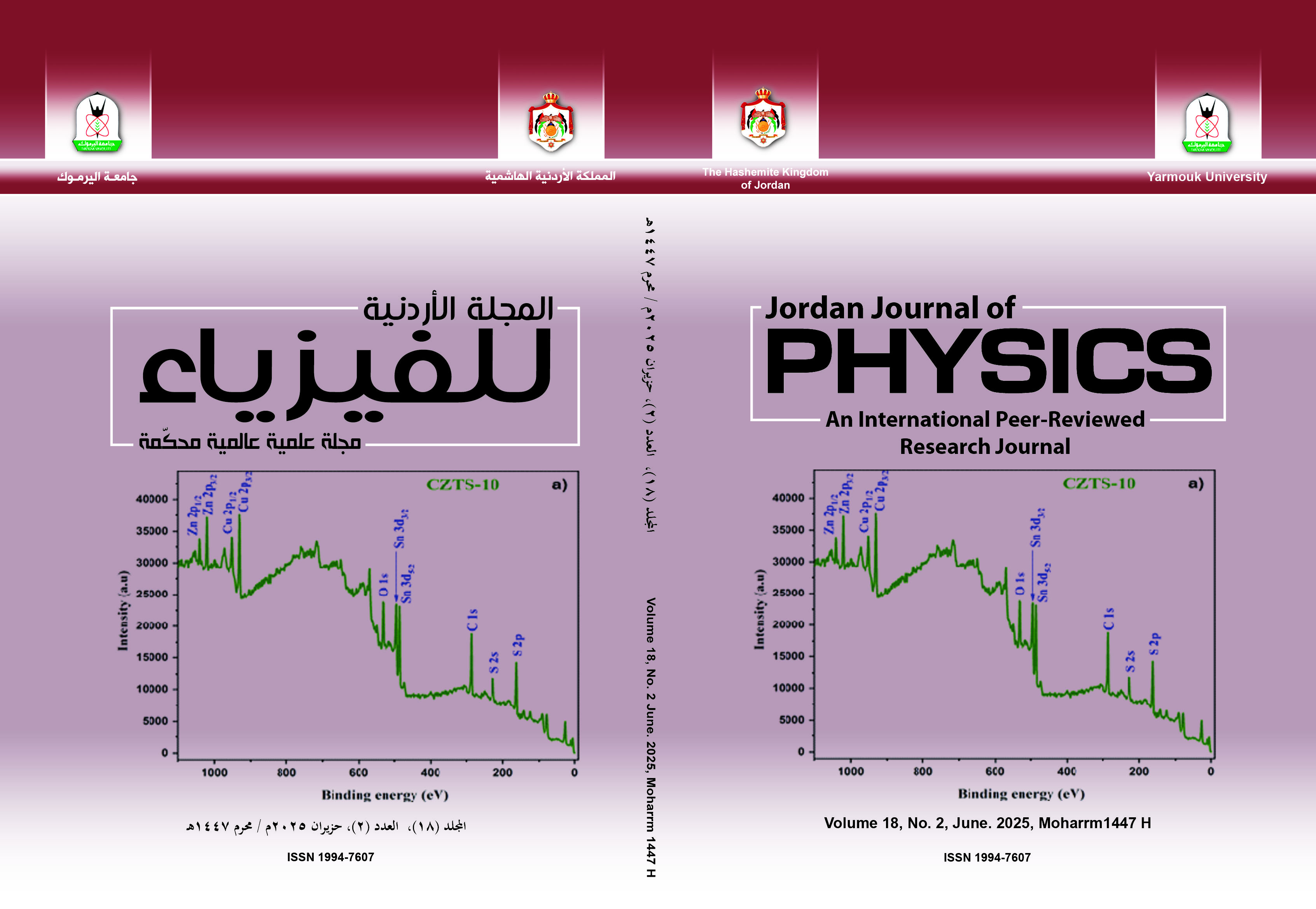Growth and Properties of Pure Phase Kesterite CZTS Nanostructure for Electrochemical, Photocatalytic, and Antibacterial Applications
Keywords:
CZTS, Hydrothermal, Morphology, Electrochemical, Specific capacitanceAbstract
Abstract: Surfactant-free, high-grade, self-assembled quaternary copper zinc tin sulfide (CZTS) nanoparticles were synthesized successfully via a simple hydrothermal method. Different thiourea concentrations were used as chalcogen precursors, and their influences were investigated. The concentration of sulfur precursor gradually increased to obtain a pure kesterite phase, which was identified by X-ray diffractometer (XRD) and Fourier-transform Raman spectrometer (FT-Raman). Field emission scanning electron microscopy (FESEM) revealed diverse nanostructures, such as spheres, plates, and rose-like formations. The specific capacitance values of pure-phase kieserite CZTS nanoparticles were analyzed using a three-electrode system. The photocatalytic activity of CZTS nanoparticles against methylene blue (MB) and crystal violet (CV) degradation under visible light irradiation reached 93% and 89% within 70 min, respectively. Also, CZTS TU-10 nanostructures exhibited stronger antibacterial performance against both gram-positive (Streptococcus pneumoniae, Streptococcus pyogenes) and gram-negative (Klebsiella pneumoniae, Vibrio parahaemolyticus) pathogens. The maximum inhibition zone (26 mm) was obtained against Vibrio parahaemolyticus bacteria using the agar well diffusion method. These results imply that kesterite CZTS could be considered an efficient candidate for multiple applications.


